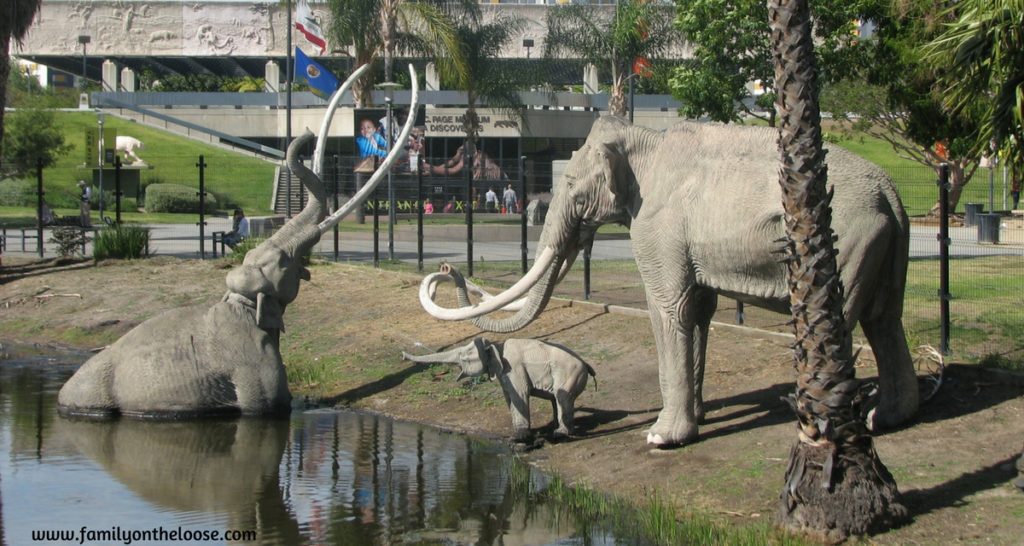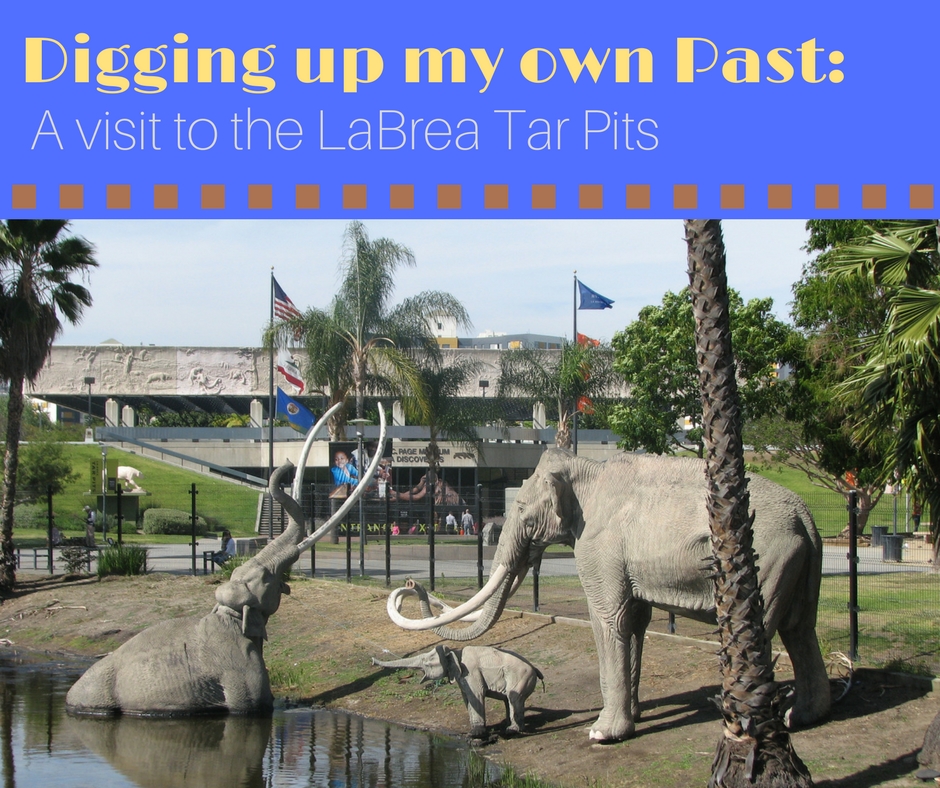 As an American, I have always felt somewhat void of cultural heritage. What’s my traditional dress? Blue jeans. An American traditional meal? Macaroni and cheese. My two teenage daughters have traveled all over the world exploring other cultures and learning about other peoples’ histories. Recently, we decided to dig up a little of our own past …
As an American, I have always felt somewhat void of cultural heritage. What’s my traditional dress? Blue jeans. An American traditional meal? Macaroni and cheese. My two teenage daughters have traveled all over the world exploring other cultures and learning about other peoples’ histories. Recently, we decided to dig up a little of our own past …
My Great Grandfather was Charles R. Knight, a wildlife painter most famous for reconstructing dinosaurs through a mixture of art and biology. Our family knew him as Toppy. I grew up surrounded by his giant oil paintings and small detailed sketches, never really understanding how lucky I was.
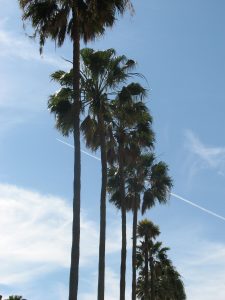
Before this trip, I thought I knew a good deal about my great grandfather. I knew that he painted in New York and was prone to eccentric tea parties. I thought I knew that he had worked at the La Brea tarpits and that he had tasted woolly mammoth. Embarrassingly, I had never given much thought to who he had been nor to what I might have inherited from this man. Well, actually, I had often wondered if I might have inherited some of his artistic talent. Later, after it became crystal clear that I had inherited not a drop of it, I scrutinized my kids’ early artwork with a hopeful eye.
What sort of heritage did he leave us then? We found super cheap airfares from Seattle to LA and decided to find out. First, a little background reading, “The Man who Saw Through Time” by Richard Milner. Toppy was going blind his whole life. He refused to take a job with the Museum of Natural History in New York in order to protect his artistic freedom. He loved talking to strangers and did, in fact, frequently bring them home for tea. He was a unique talent, blending art with science in new ways, an advocate for all animals, and never caring enough about money. However, he didn’t work at the LaBrea tar pits. Bummer! Never mind, his students had gone there to build statues based on his work and one of his paintings was on display.
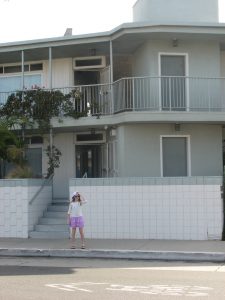
I sent off a quick e-mail to the tar pits about our visit, hoping for a tour and expecting nothing. A gracious e-mail was returned nearly instantaneously. “Of course!” And soon we had an appointment with Dr. John Harris, the Chief Curator. Wow, that’s quite an inheritance right there.
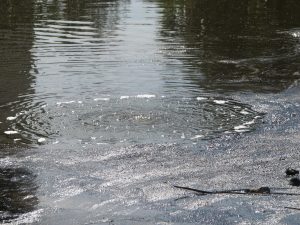
On the day of our big appointment, we started in Hollywood, stepping on stars, and rode over to Beverly Hills where we shopped till we dropped (which took about 15 minutes). We then tried to make our way out to the tar pits, completely oblivious to the size of Los Angeles. When the cab finally arrived at the tar pits, an unmistakable odor greeted us. Tar!

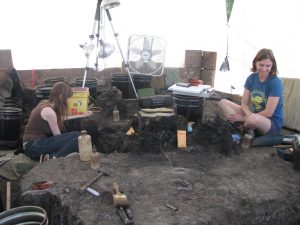 We met Dr. Harris and went over to have a look at that tar. Large bubbles appeared randomly on the surface with a gurgling joy. The tar was active! It was perhaps one of the most fascinating things I had ever seen. Maybe there was a connection between my ecology career and the life of my Great Grandfather? Perhaps I had, in fact, gathered up a bit of his eccentricity and passion for the natural world. We moved on to active digs in Pit 91 and to materials piled in crates beside. This material was scooped up while excavating a below ground parking lot for the art museum next door. My 14-yo was mesmerized. She had once dreamed of becoming a famous archeologist, perhaps a dream that was more a part of her ancestral past than she had ever realized.
We met Dr. Harris and went over to have a look at that tar. Large bubbles appeared randomly on the surface with a gurgling joy. The tar was active! It was perhaps one of the most fascinating things I had ever seen. Maybe there was a connection between my ecology career and the life of my Great Grandfather? Perhaps I had, in fact, gathered up a bit of his eccentricity and passion for the natural world. We moved on to active digs in Pit 91 and to materials piled in crates beside. This material was scooped up while excavating a below ground parking lot for the art museum next door. My 14-yo was mesmerized. She had once dreamed of becoming a famous archeologist, perhaps a dream that was more a part of her ancestral past than she had ever realized.
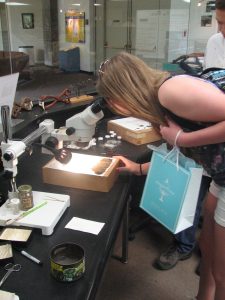
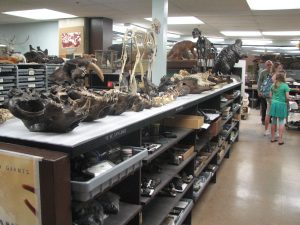
We tiptoed around the tar oozing up in random spots within the grassy field and headed into the museum. We slipped in through the back door and entered a fishbowl laboratory where a young student let us peek at fossilized tree bark from “the matrix,” a treasure trove of plant, insect, and small mammal fossils found between the larger, more famous bones. My younger daughter, the animal lover, gave out squeaks of joy at the tooth of a baby mammoth. This same girl had almost come to blows with a boy in Thailand who kicked a stray dog. Toppy would surely be pleased to think that her animal passion and advocacy was also a part of his legacy.
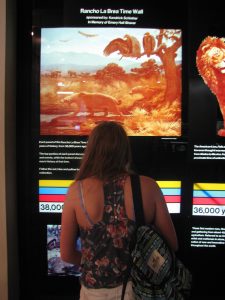
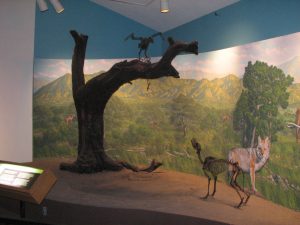
The first piece we saw by Charles R. Knight was a glass replica of a scene from the tar pits. I didn’t know this would be on display but it was an image I had seen many times since childhood. Seeing it in context, after viewing the bubbling tar and active excavations, gave it meaning. Dr. Harris pointed out the tree in the painting. It was identical to one on display in the diorama beside that had been found fossilized within the tar pit. Here in La Brea, one could understand the empirical underpinning of his art. We crossed over to another glass case and found an original oil painting. This was a mural, with the same tree in centerfield, of late Pleistocene life. It was surprisingly wide, giving the sense of a vast landscape. Just beside, we could see one of Toppy’s wooden pallets full of used paint. Best of all, a photograph of my daughters’ great, great grandfather showed him at work, a distinguished gentleman bringing history to life, with no idea that his legacy might last long enough for this pilgrimage.
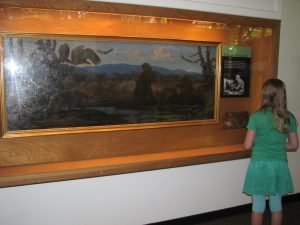
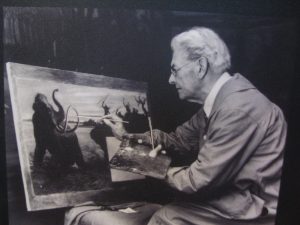
Our surprisingly wonderful and satisfying trip is just the beginning for me. There’s more of his life, my past, to dig up in books and journal articles. There are sketches to look at in new ways and bits of myself to understand. My daughters surely don’t understand their own luck in having stumbled into more than macaroni and cheese for cultural heritage. Stubborn independence, empathy for all creatures, eccentric tea parties, and the potential for leaving a legacy are all running through their veins.

